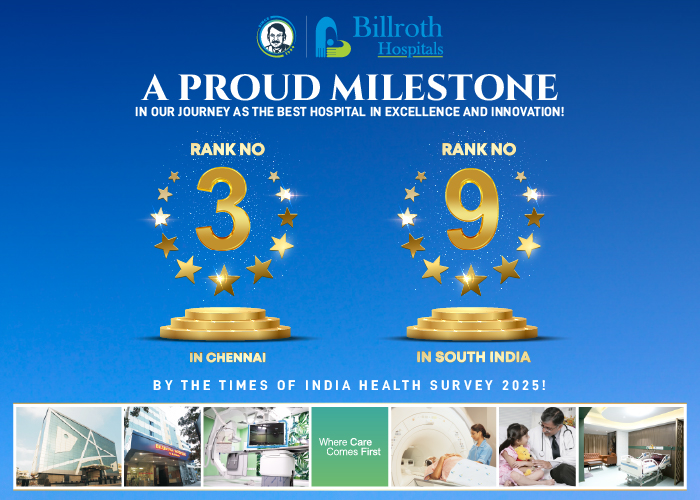CT-Scan
Computed Tomography (CT) scan is a powerful X-ray procedure that produces detailed pictures, or slices, of the body. It is also called computerized tomography and computed axial tomography (CAT). A CT scan shows detailed images of any part of the body, including the bones, muscles, fat, and organs. CT scans are more detailed than conventional X-rays.
A special machine linked to a computer makes the CT images. The images can then be examined on a computer screen or printed. CT scans are painless and noninvasive. No anesthesia is needed.
The radiation exposure from a CT scan is low compared with other diagnostic tests such as conventional X-rays. During a CT scan, you lie on a narrow table that slides through the center of the machine. You may be asked to hold your breath for short periods of time to avoid blurring the images.
The test takes about 30 minutes. The information from a CT scan can be used to diagnose problems such as infections, tumors, bleeding in the brain, or injuries to the spine or organs. It can also help guide procedures such as surgery or biopsies (removal of tissue samples).
CT [Computed Tomography]
- 64 slice Dual Source CT [DSCT]
- Utilizes 2 x-ray tubes and detectors perpendicular to each other with a true temporal resolution of 83 ms.
- Beta blockers are not against CT Coronary Angiogram.
